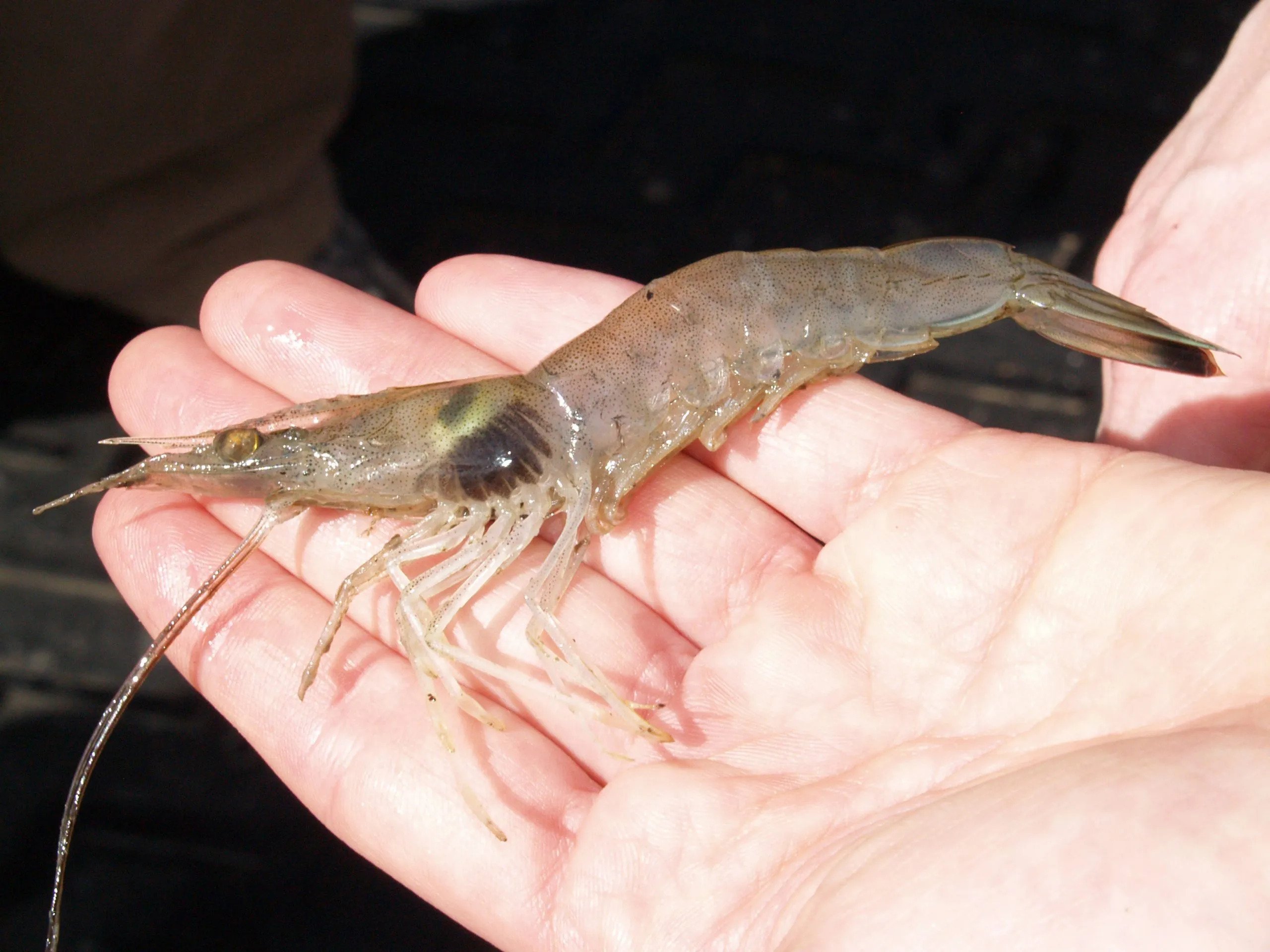Black gill disease of White Leg shrimp, Black Tiger Shrimp

Black gill disease is a common disease in shrimp cultured in ponds with poor environment and high density.
Symptoms:
The gills and tissue connecting the gills to the shrimp body are brown or black. When heavily infected with the appendages, the legs and tail are also black.
- Shrimp float on the water due to lack of oxygen, swim sluggishly on the surface of the water, washed ashore.
- Shrimp eat less, grow slowly, and die when other agents are added.
- The gills of shrimp are destroyed by bacteria, fungi, or protozoa when the disease is severe
Causes:
- Due to polluted ponds.
- In the pond, there are many organic pollutants due to excess food, dead algae.
- Pond bottom has a lot of organic humus, high content of nitrite, nitrate, and toxic gases ammonia, H2S
- Suspended substances in the water adhere to the gills of shrimp, turn the gills color into dark brown or yellow
- Shrimp are covered with seaweed on gills and shells:
- The gills and shells of shrimp are covered with seaweed, making it easy for organic matter to adhere to and change the color of the gills.
- Due to shrimp infection with Fusarium (Fusarium Disease):
- The gills of shrimp are infected with the fungus Fusarium solani carry the pigment Melanin (black pigment). The mycelium can be seen when looking at the infected shrimp gills with a microscope. Fungi of the genus Fusarium are found in freshwater, brackish water, and soil everywhere. All species of farmed shrimp can be infected with fungi. Sub-adult and adult shrimp are often severely infected. Black tiger shrimp and whiteleg shrimp are relatively resistant to the fungus, but when the disease occurs, it is very difficult to treat.
- Due to the low pH of the water, if there are many heavy metal ions (aluminum, iron) in the water, their salts accumulate on the gills of the shrimp, turning it black.
Prevention:
- Clean the pond thoroughly before stocking shrimp
- Carefully filter the water before pouring it into the pond
- Choose the suitable stocking density according to the skill and technique.
- Control algae in the pond, avoid algae mass destruction (using sugar, BKC …)
- Enhanced aeration to increase oxygen content
- Avoid excess feed, periodically use probiotics to reduce the decomposition of organic pollutants in the pond, keep the pond bottom clean
- Add Vitamin C and digestive enzymes to food
Treatment:
If the disease arises due to a polluted environment: Change bottom water or bottom siphon, use zeolite, use yucca preparations, probiotics, add vitamin C to food.
If the disease arises due to bacterial infection: Disinfect the water with BKC, iodin, etc. change the bottom water, use probiotics to treat the pond bottom, add vitamin C and multivitamins to the feed. * Note: if using disinfectant, it will take 3 days to beat the probiotics.
In case of emergency, the water can’t be changed: use lime, zeolite for treatment, then use microorganisms.
Black gill disease of Lobster
For lobster, the disease can appear in both juveniles and adults.
Symtomps:
There are black spots on the gills of shrimp, the gill silk turns black, if the disease is severe, the gills will be completely rotted
Black spots appear on the body of the shrimp, the eyes may also turn black.
Shrimp refuse to eat, have poor breathing, lie in the bottom of the cage and may die in mass.
Causes
Due to the polluted water environment, the high concentration of toxic gases NH3 and H2S in the environment causes the melanin pigment to develop in the gill tissues to be destroyed.
Due to Vibrio filamentous infection, Fusarium infection
Due to single host fluke parasites (appears a lot after rains)
Prevention
Check water quality regularly for timely treatment.
Feed good quality food, check and adjust the appropriate amount of food, do not leave excess food which can contaminate the water.
Treatment
Hang cloth bags containing lime in the middle of shrimp cages or place in contaminated cage bottom areas to kill parasites, fungi, and bacteria.
Bathing shrimp with formol or copper sulfate, stocking in another cage.
Use antibiotics mixed with food, pay attention to use the right drug, the right dose, at the right time. The use of antibiotics is only effective when the disease is detected early. Duration of antibiotic treatment from: 5-7 days.

 Tiếng Việt
Tiếng Việt Indonesia
Indonesia